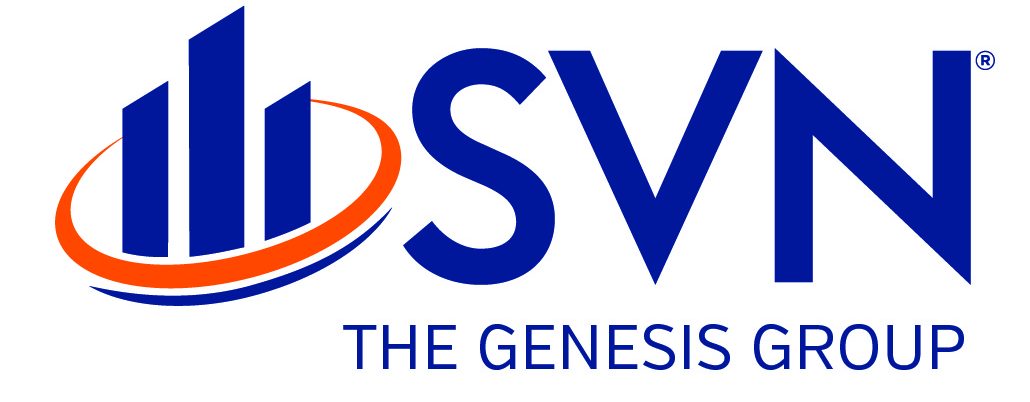The real estate market is a dynamic and ever-evolving sector that plays a crucial role in the global economy. As we move through 2024, the landscape of real estate is shaped by a combination of economic factors, technological advancements, and shifting consumer preferences. Understanding these trends is essential for investors, developers, and industry professionals who aim to navigate the complexities of the market.
1. Economic Influences: Interest Rates and Inflation
One of the most significant factors impacting the real estate market today is the fluctuation of interest rates. As central banks around the world adjust rates to combat inflation, the cost of borrowing has risen, leading to a slowdown in both residential and commercial property transactions. Higher mortgage rates have reduced affordability for homebuyers, while businesses are re-evaluating their expansion plans due to increased financing costs.
Despite these challenges, real estate remains a valuable asset class, particularly for those seeking long-term stability. Investors are increasingly turning to real estate as a hedge against inflation, given its potential for income generation and appreciation over time.
2. Technological Disruption: The Rise of PropTech.
Technology continues to revolutionize the real estate industry, with PropTech (Property Technology) leading the charge. Innovations in areas such as virtual reality, artificial intelligence, and blockchain are transforming how properties are bought, sold, and managed. Virtual tours and AI-driven property recommendations are enhancing the customer experience, while blockchain is streamlining transactions and improving transparency in the buying process.
Moreover, smart building technologies are becoming more prevalent, allowing property owners to optimize energy usage, improve security, and create more sustainable environments. As technology continues to advance, those in the real estate sector who embrace these changes are likely to gain a competitive edge.
3. Shifting Consumer Preferences: The Impact of Remote Work
The COVID-19 pandemic has had a lasting effect on how and where people want to live and work. Remote work, which gained widespread adoption during the pandemic, has reshaped the residential real estate market. Many workers are no longer tied to city centers, leading to increased demand for suburban and rural properties. This shift has driven up prices in these areas, while urban markets are adjusting to a new normal.
Commercial real estate is also feeling the effects, as businesses re-evaluate their office space needs. While some companies are reducing their physical footprint, others are investing in flexible workspaces that can accommodate a hybrid work model. This trend is leading to the repurposing of commercial properties and the emergence of mixed-use developments that blend office, residential, and retail spaces.
4. Sustainability and Green Building Practices
Sustainability has become a central theme in the real estate industry, driven by both regulatory requirements and consumer demand. Green building practices are no longer optional but essential, as tenants and buyers increasingly seek out energy-efficient properties with a smaller environmental footprint. Developers are responding by incorporating sustainable materials, renewable energy sources, and innovative design features into their projects.
In addition, the rise of ESG (Environmental, Social, and Governance) investing has put pressure on real estate companies to demonstrate their commitment to sustainability. Properties that meet high environmental standards are not only more attractive to investors but also tend to command higher rental rates and property values.
5. The Future Outlook: Opportunities and Risks
Looking ahead, the real estate market offers both opportunities and risks. On the one hand, demographic trends such as population growth and urbanization will continue to drive demand for housing and commercial space. On the other hand, economic uncertainty, regulatory changes, and environmental challenges could pose obstacles.
For investors and professionals in the industry, staying informed and adaptable is key. By understanding the current trends and anticipating future developments, they can position themselves to capitalize on the opportunities and mitigate the risks that lie ahead.
In conclusion, the real estate market in 2024 is characterized by a blend of challenges and opportunities. Economic pressures, technological advancements, changing consumer behaviors, and sustainability are all shaping the future of the industry. Those who navigate these changes effectively will be well-positioned to succeed in this dynamic environment.
Carnell Scruggs, CCIM

